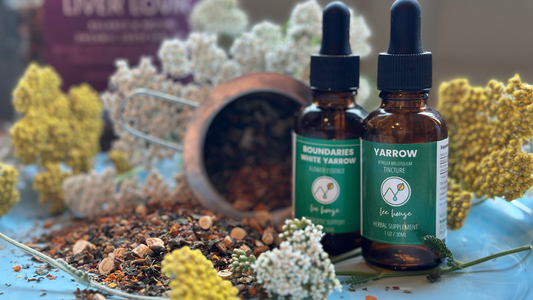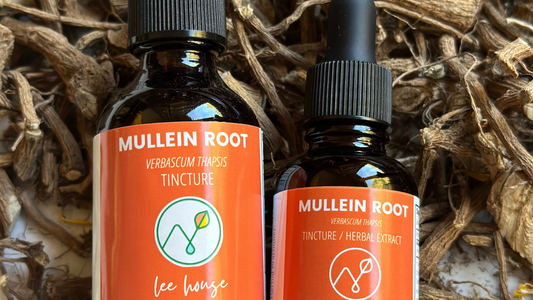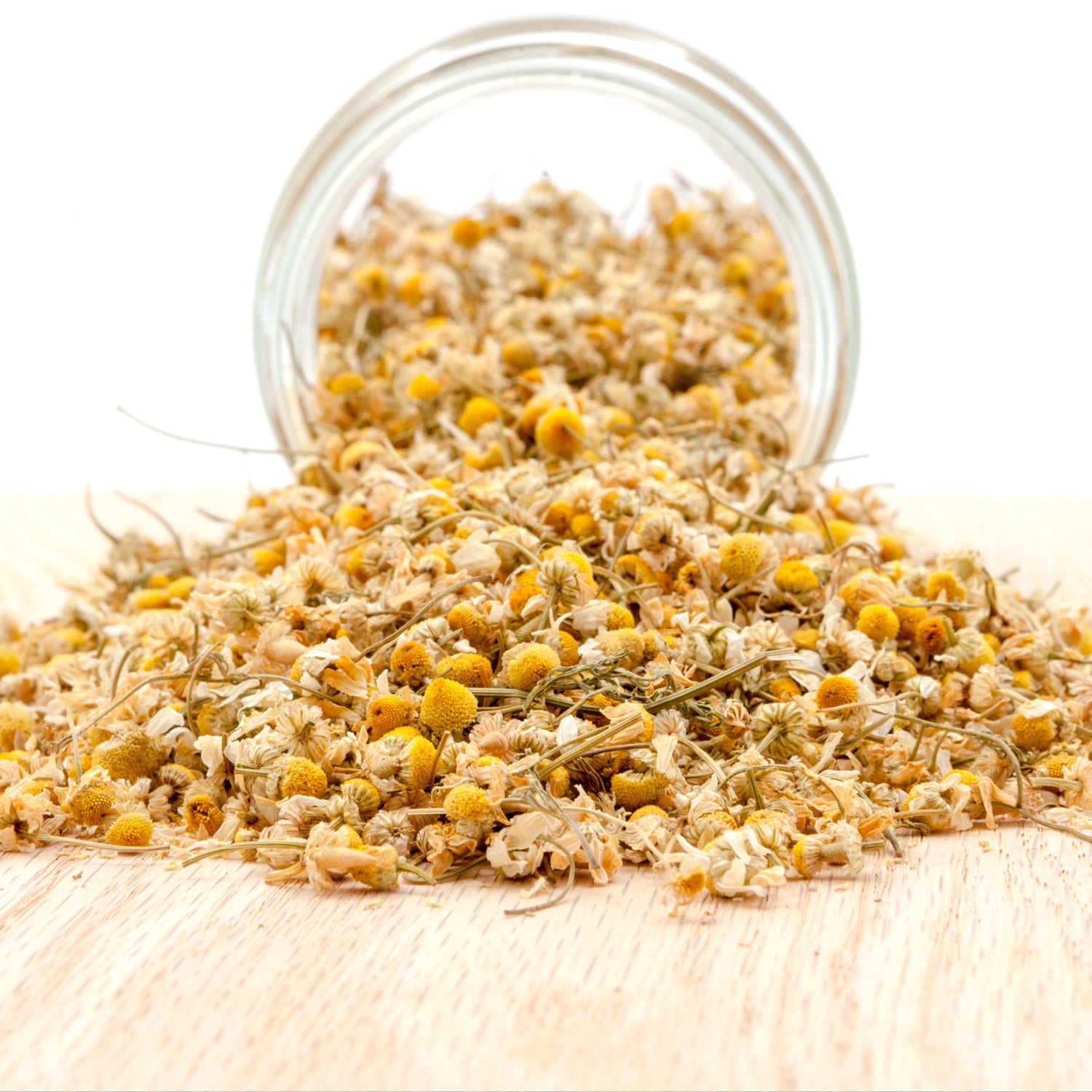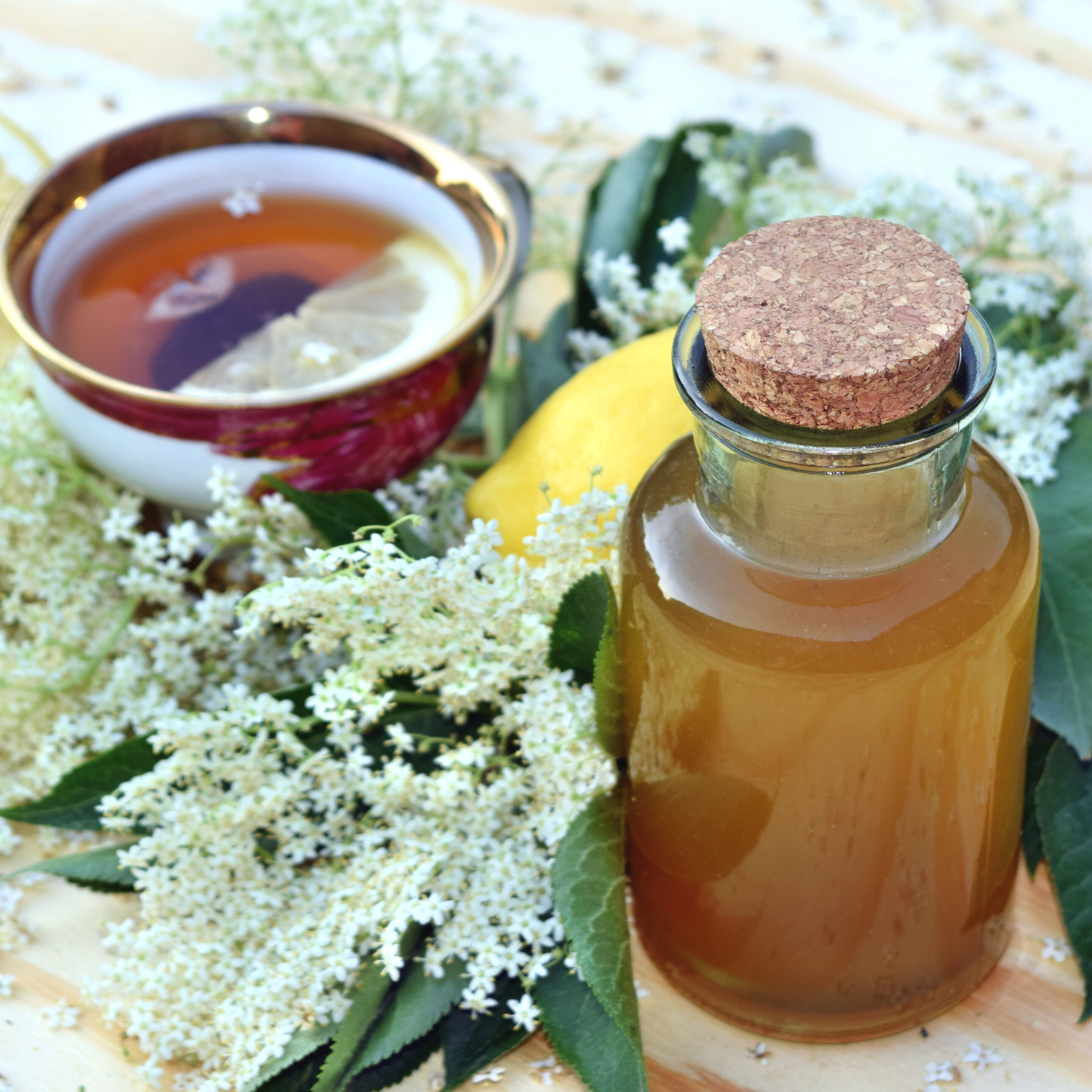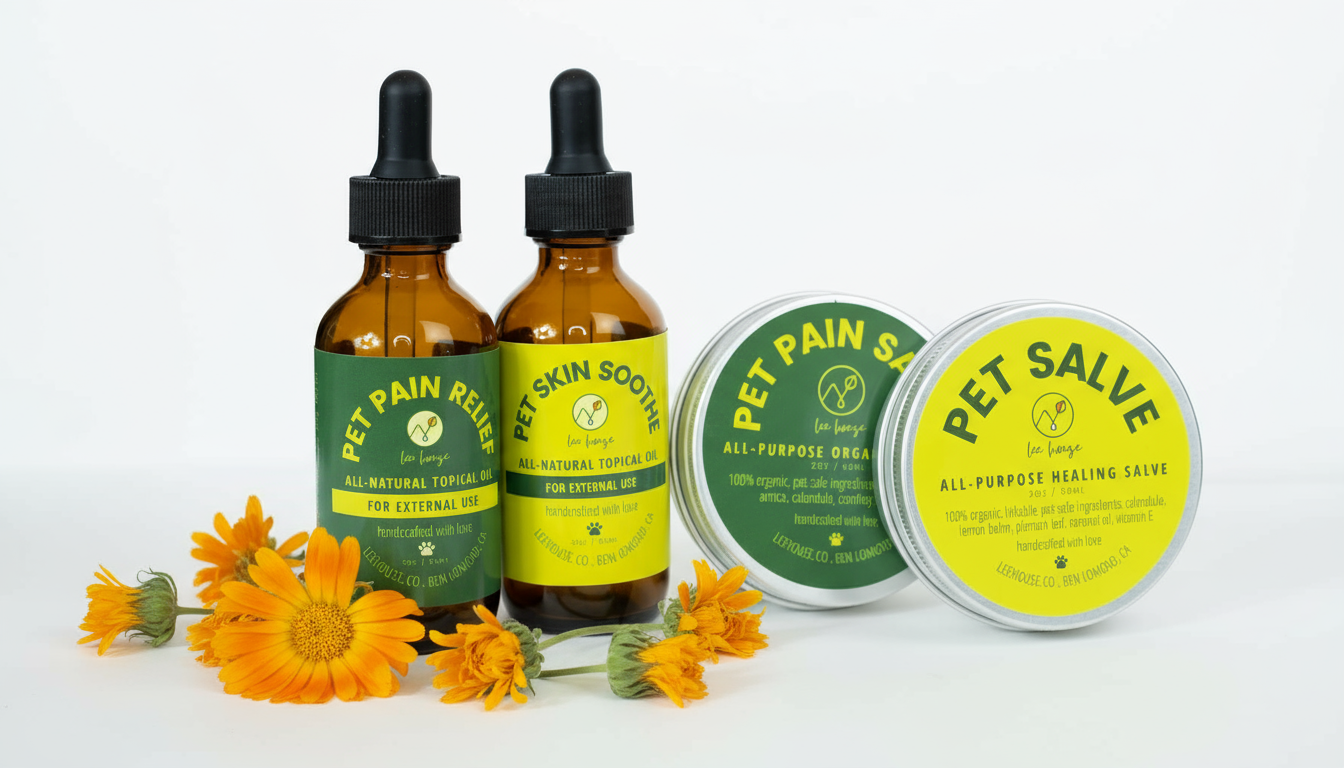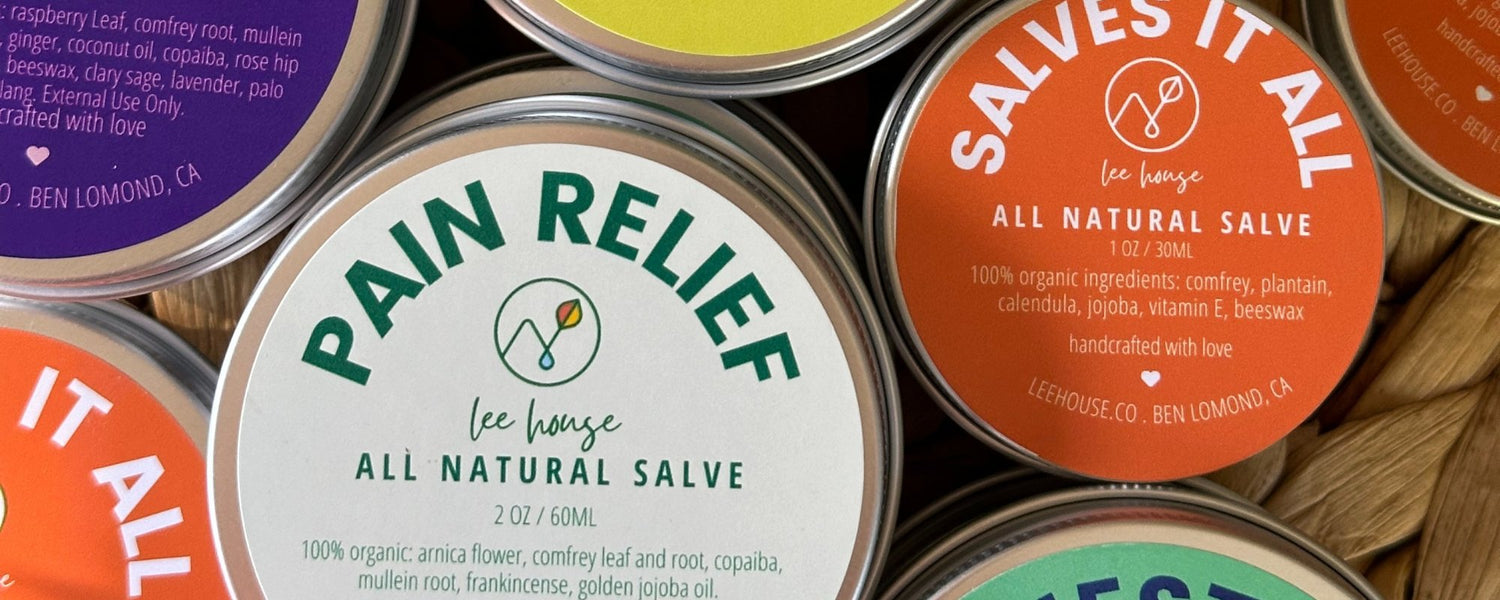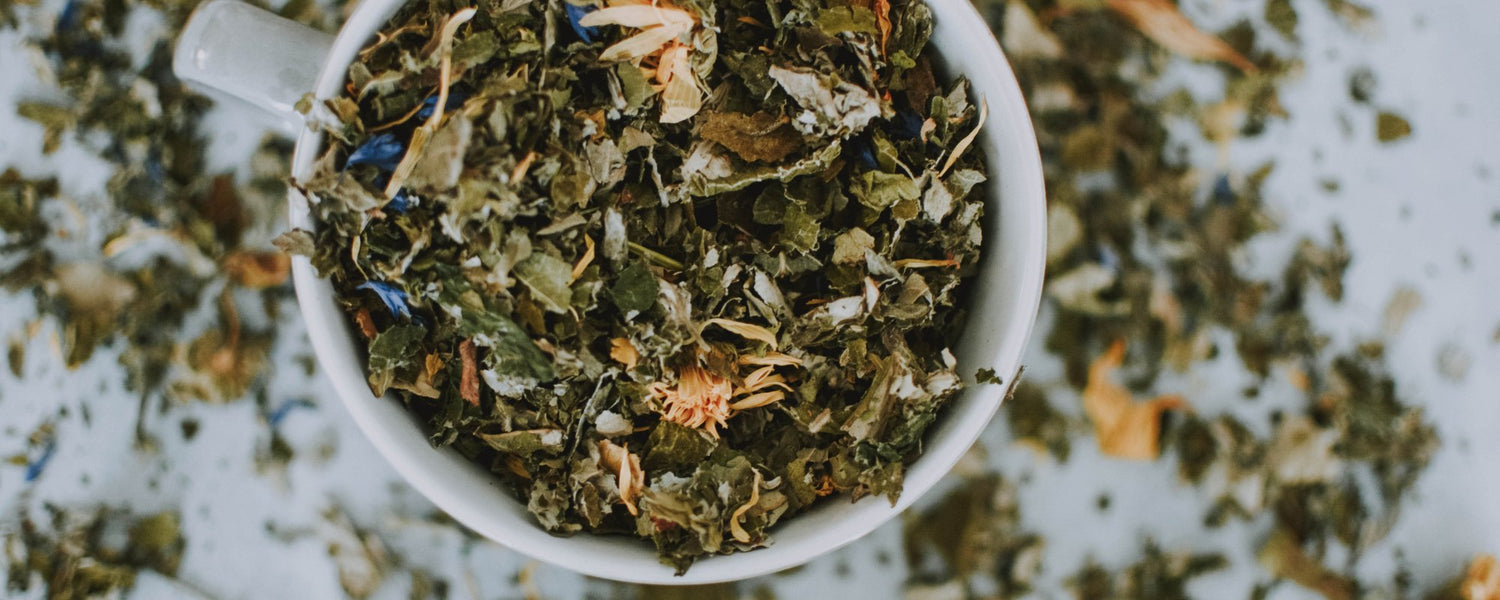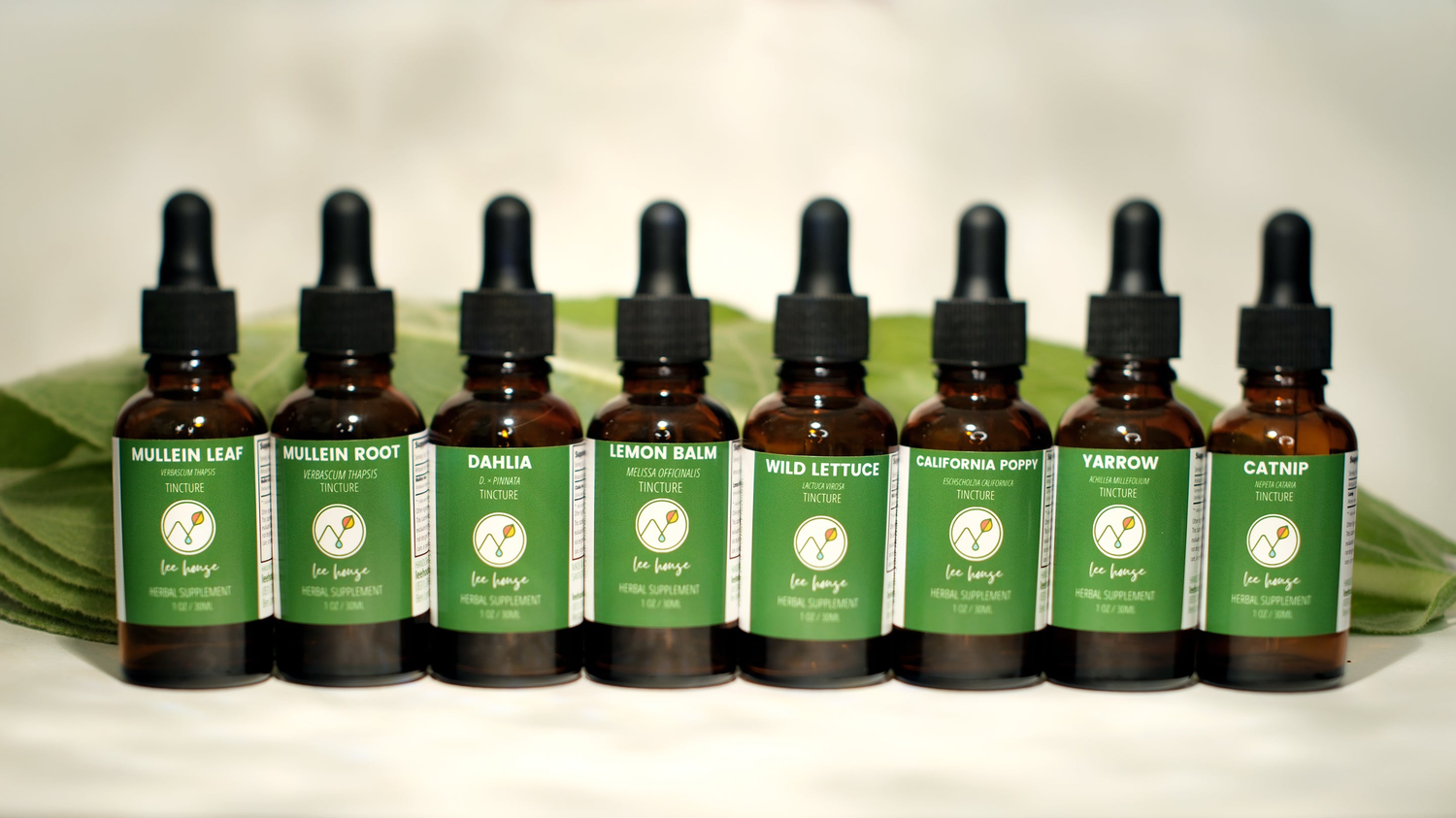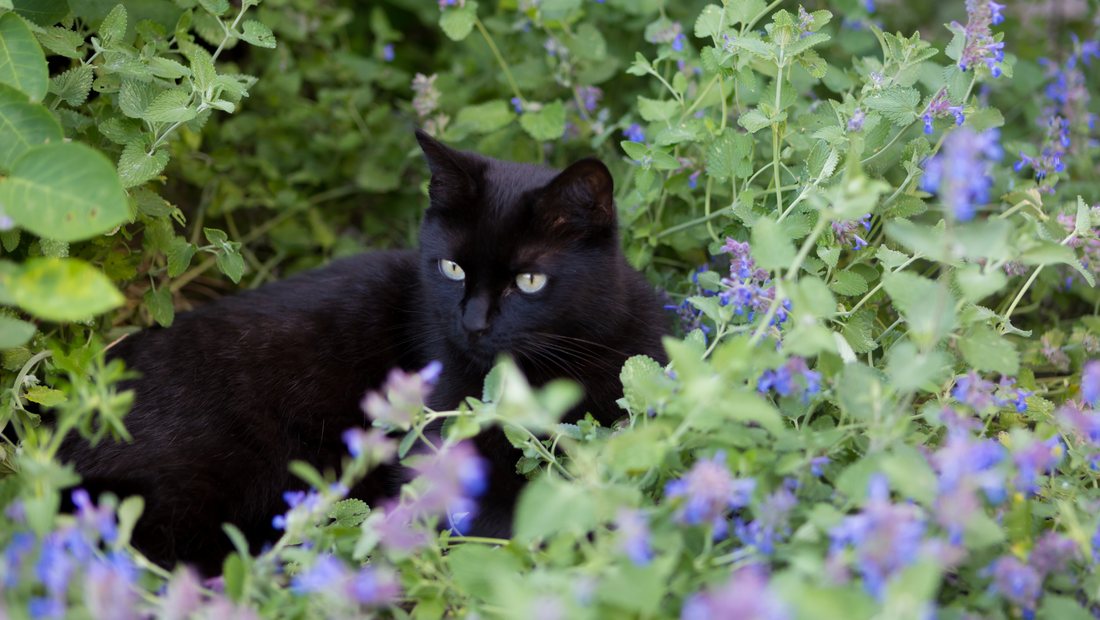
Catnip: How to Grow, Harvest and Use
Share
Catnip, Nepeta cataria, is a perennial herb that is beloved by cats and humans alike. We all know how much cats love catnip - but did you know catnip has also been used for centuries as a natural remedy for a variety of human health issues, including anxiety, insomnia, and digestive problems? It's true!
This growing guide covers how to plant, propagate, harvest, and use Catnip.
Catnip is a member of the mint family and much like other mints, it's easy to grow and tolerant of a variety of growing conditions. Whether you're a cat lover, looking to add to your herbal apothecary, or simplywanting a for a low-maintenance addition to your garden, catnip is sure to delight.
Here's some quick facts about growing catnip:
- USDA Growing Zone 3-9.
- Soil pH 6.0 to 7.5.
- Full sun and can tolerate some partial shade.
- Tolerant of Light Frost: Catnip is tolerant of light frost and can survive winter in USDA zones 4 and above.
- Soil Requirements: well-draining, loamy soil that is rich in organic matter.
- Spacing: Space catnip plants 18-24 inches apart to allow for proper air circulation and growth.
- Mature height: Catnip plants can reach a mature height of 2-3 feet.
- Propagation: Catnip can be propagated by seed or by dividing the root ball of an existing plant. To propagate by seed, sow seeds in the spring or fall and cover lightly with soil. To propagate by division, dig up an existing plant and carefully separate the root ball into sections, making sure each section has roots attached. Replant the sections in a new location and water thoroughly.
How to Transplant Catnip
-
Choose a sunny spot: Catnip prefers full sun and well-draining soil. Choose a location in your garden that gets at least 6 hours of direct sunlight per day.
-
Plant your catnip: You can either start catnip from seed or purchase a young plant from a nursery. If planting from seed, sow them in the spring or fall and cover lightly with soil. Water regularly to keep the soil moist until the seeds germinate. If planting a young plant, dig a hole in the soil and place the plant in, filling the hole with soil and gently pressing the soil around the base of the plant.
-
Water regularly: Catnip likes to be kept moist but not waterlogged. Water your catnip regularly, especially during hot, dry weather.
-
Transplant as needed: If your catnip starts to outgrow its container or location in the garden, you can transplant it to a larger container or a new spot in the garden. When transplanting, make sure to dig up as much of the root ball as possible and replant at the same depth.
-
Harvest your catnip: Catnip is at its most potent just before it flowers, so harvest the leaves and flowers just before the plant begins to bloom. To harvest, use scissors to cut the stems and leaves just above a set of leaves. Be sure to leave some leaves on the plant so it can continue to grow.
-
Dry your catnip: To dry your catnip, tie the stems and leaves together and hang them upside down in a cool, dry place. Once the leaves are dry and crumbly, remove them from the stems and store them in an airtight container.
How to Use Catnip
Catnip can be used in a variety of ways. For cats, sprinkle dried catnip leaves on their toys or bedding to provide stimulation and entertainment. For humans, you can make a soothing tea by steeping dried catnip leaves in hot water for several minutes. Catnip tea and tincture both are common remedies for insomnia. Catnip can also be used as a natural insect repellent by placing fresh leaves around the perimeter of your garden or home.
By following these simple steps, you can grow your own catnip and enjoy its many benefits for both you and your furry feline friends.

